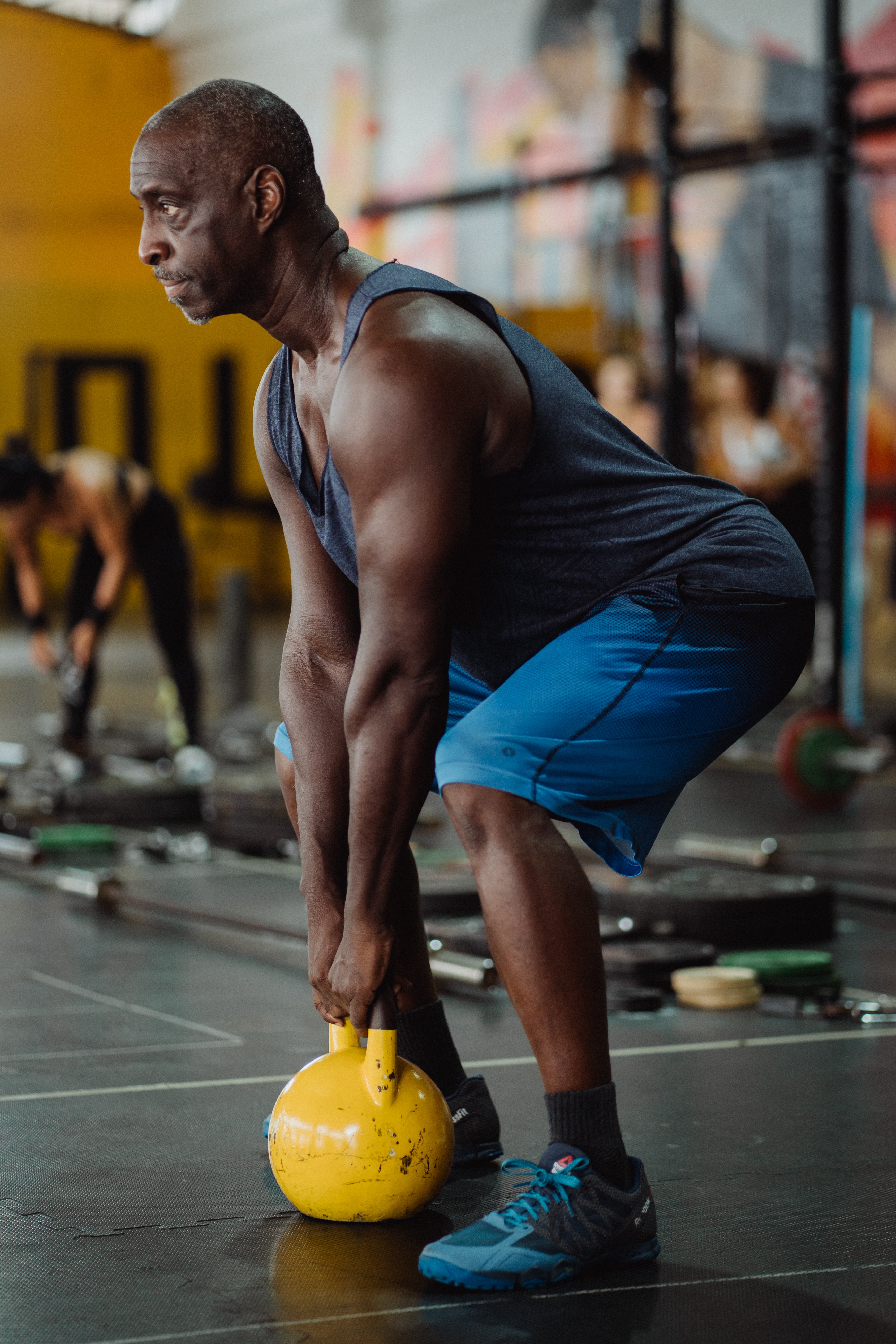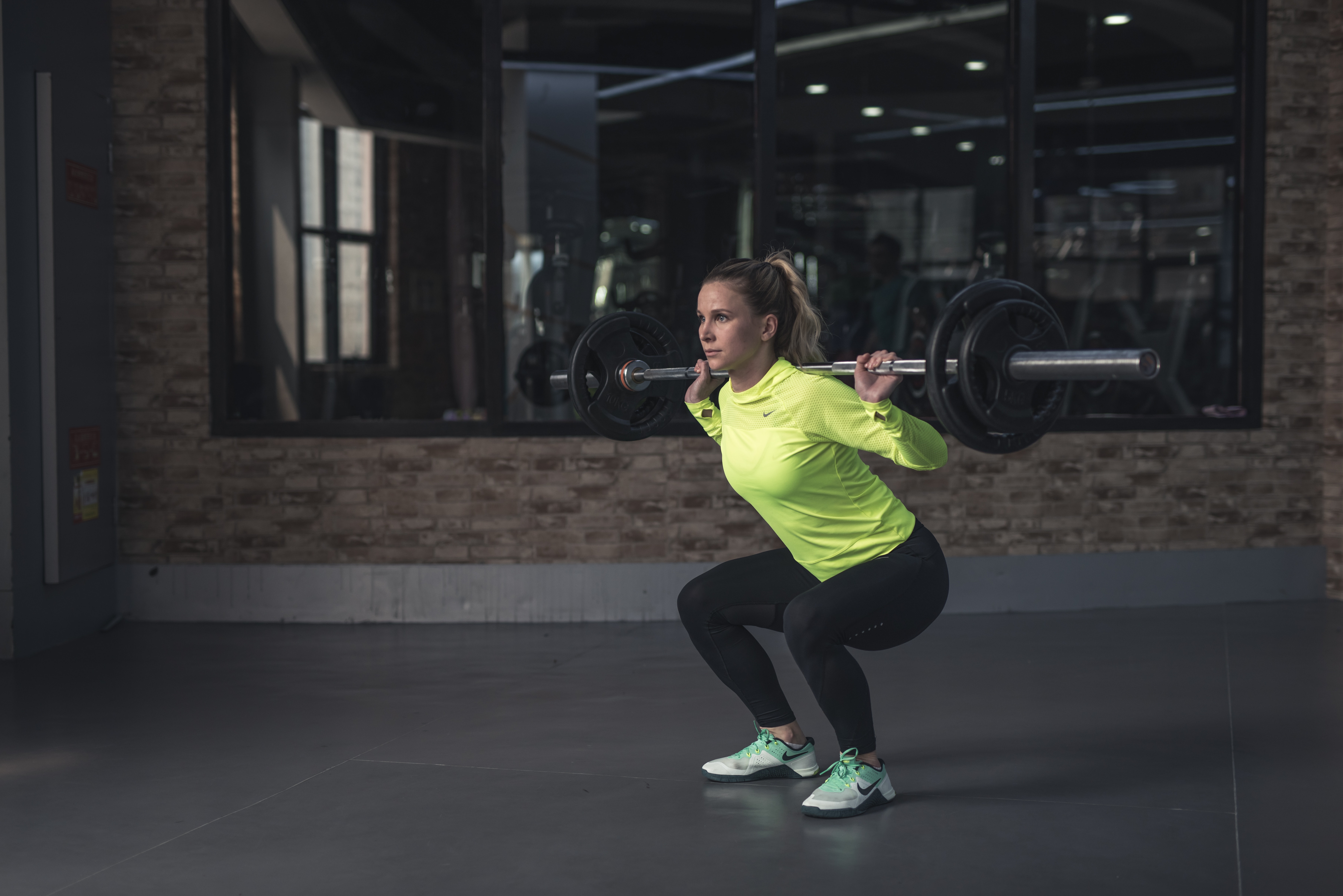
Knee Pain
The knee is one of the most used joints in our body. Along with the foot, ankle, and hip, it helps disperse the impact forces of every step and is key in our ability to lift and jump. The most vulnerable position for the knee is rotation on a bent knee, which is why it is so important to warm up your legs in any sports that involve fast movements from standing. The warmup isn’t just to get your muscles ready to go, doing a few squats and lunges before an activity refreshes your brain of how your knees are supposed to move. This allows your brain to know to protect your knees with muscle activation when you make a sudden movement
Causes
Inflammation caused by tissue damage is the most common cause of pain in the knee. Before 40, tissue damage is usually from trauma or muscles not firing properly (faulty movement with exercise). After 50, tissue damage is commonly degenerative with structures starting to break down. Here are the primary structures your chiropractor will check:
Meniscus - these cushion the knee and evenly distribute forces to prevent degeneration. A tear will often cause popping. These can be a source of pain, but studies have shown that meniscal tears may also exist pain-free.
Ligaments - ligament injuries are very common and can be remarkably painful. The ACL (anterior cruciate ligament) and PCL (posterior cruciate ligament) prevent excessive forward and backward movement of the knee and the LCL (lateral cruciate ligament) and MCL (medial cruciate ligament) prevent sideways movement of the knee. These injuries take months to return to full strength. Diligent exercise is the most important factor in recovery from ligamentous injuries.
Muscles - the muscles in the front of your thigh straighten your leg and keep your kneecap moving properly. The muscles on the back of your leg bend your knee, give some stability in rotation of the knee, and aid the menisci to glide properly with knee motion.

Prevention
Exercise multiple times per week that involves your knees helps lubricate and strengthen the structures of the knee. Supplementation from a reputable company with glucosamine sulfate helps to nourish the cartilage and collagen, which support the tendons and ligaments. We have seen positive changes with OrthoMolecular Products supplements. Exercise after supplementation improves blood flow to the tissues exercised, which will help make sure the proper nutrients will get to the right tissues.
Chiropractic Treatment
In the office, your doctors will take a history of previous trauma to your knee and how you currently use it, then examine the movement and structural integrity of your knee to design a treatment plan that will ensure the fastest recovery. Treatment consists of adjusting the knee and fibula, massage, interferential therapy, and prescribing exercise. Pay careful attention to when your knee hurts, what recreates the pain, and what you feel is off in your knee. The better you can describe what you’re experiencing, the faster your doctor can identify and treat what is going on.
Generally, you don’t want to completely rest your knee because pain-free loading of your knee is essential to proper tendon and ligament healing. Consult with your chiropractor on how to exercise in a way that will accelerate your healing and/or prevent injury.
Photos by Ketut Subiyanto and Li Sun
Horga, L. M., Hirschmann, A. C., Henckel, J., Fotiadou, A., Di Laura, A., Torlasco, C., D'Silva, A., Sharma, S., Moon, J. C., & Hart, A. J. (2020). Prevalence of abnormal findings in 230 knees of asymptomatic adults using 3.0 T MRI. Skeletal radiology, 49(7), 1099–1107. https://doi.org/10.1007/s00256-020-03394-z




